A migraine is far more than just a headache – it’s a debilitating disorder of the nervous system.
People who have migraines experience severe throbbing or pulsating pain, typically on one side of the head. The pain is often accompanied by nausea, vomiting and extreme sensitivity to light or sound. An attack may last for hours or days, and to ease the suffering, some people spend time isolated in dark, quiet rooms.
About 800 million people worldwide get migraine headaches; in the U.S. alone, about 39 million, or approximately 12% of the population, have them regularly.
And most of these people are women. More than three times as many women as compared to men get migraines. For women ages 18 to 49, migraine is the leading cause of disability throughout the world.
What’s more, research shows that women’s migraines are more frequent, more disabling and longer-lasting than men’s. Women are more likely than men to seek medical care and prescription drugs for migraines. And women who have migraines tend to have more mental health issues, including anxiety and depression.
As a board-certified neurologist who specializes in headache medicine, I find the gender differences in migraines to be fascinating. And some of the reasons why these differences exist may surprise you.
Migraines and hormones
There are several factors behind why men and women experience migraine attacks differently. These include hormones, genetics, how certain genes are activated or deactivated – an area of study called epigenetics – and the environment.
All of these factors play a role in shaping the structure, function and adaptability of the brain when it comes to migraines. The hormones estrogen and progesterone, through different mechanisms, play a role in regulating many biological functions. They affect various chemicals in the brain and may contribute to functional and structural differences in specific brain regions that are involved in the development of migraines. Additionally, sex hormones can quickly change the size of blood vessels, which can predispose people to migraine attacks.
During childhood, both boys and girls have an equal chance of experiencing migraines. It’s estimated that about 10% of all children will have them at some point. But when girls reach puberty, their likelihood of getting migraines increases.
That’s due to the fluctuating levels of sex hormones, primarily estrogen, associated with puberty – although other hormones, including progesterone, may be involved too.
Some girls have their first migraine around the time of their first menstrual cycle. But migraines are often most common and intense during a woman’s reproductive and child-bearing years.
Researchers estimate about 50% to 60% of women with migraines experience menstrual migraines. These migraines typically occur in the days leading up to menstruation or during menstruation itself, when the drop in estrogen levels can trigger migraines. Menstrual migraines can be more severe and last longer than migraines at other times of the month.
A class of medicines that came out in the 1990’s – triptans – are commonly used to treat migraines; certain triptans can be used specifically for menstrual migraines. Another category of medications, called nonsteroidal anti-inflammatory drugs, have also been effective at lessening the discomfort and length of menstrual migraines. So can a variety of birth control methods, which help by keeping hormone levels steady.
Migraine with aura
But women who have migraine with aura, which is a distinct type of migraine, should generally avoid using estrogen containing hormonal contraceptives. The combination can increase the risk of stroke because estrogen can promote the risk of blood clot formation. Birth control options for women with auras include progesterone-only birth control pills, the Depo-Provera shot, and intrauterine devices.
Auras affect about 20% of the people who have migraines. Typically, prior to the migraine, the person most commonly begins to see dark spots and zigzag lines. Less often, about 10% of the time, an inability to speak clearly, or tingling or weakness on one side of the body, also occurs. These symptoms slowly build up, generally last less than an hour before disappearing, and are commonly followed by head pain.
Although these symptoms resemble what happens during a stroke, an aura tends to occur slowly, over minutes – while strokes usually happen instantaneously.
That said, it may be difficult and dangerous for a nonmedical person to try to discern the difference between the two conditions, particularly in the midst of an attack, and determine whether it’s migraine with aura or a stroke. If there is any uncertainty as to what’s wrong, a call to 911 is most prudent.
Migraines during pregnancy, menopause
For women who are pregnant, migraines can be particularly debilitating during the first trimester, a time when morning sickness is common, making it difficult to eat, sleep or hydrate. Even worse, missing or skipping any of these things can make migraines more likely.
The good news is that migraines generally tend to lessen in severity and frequency throughout pregnancy. For some women, they disappear, especially as the pregnancy progresses. But then, for those who experienced them during pregnancy, migraines tend to increase after delivery.
This can be due to the decreasing hormone levels, as well as sleep deprivation, stress, dehydration and other environmental factors related to caring for an infant.
Migraine attacks can also increase during perimenopause, a woman’s transitional phase to menopause. Again, fluctuating hormone levels, particularly estrogen, trigger them, along with the chronic pain, depression and sleep disturbances that can occur during this time.
But as menopause progresses, migraines generally decline. In some cases, they completely go away. In the meantime, there are treatments that can help lessen both the frequency and severity of migraines throughout menopause, including hormone replacement therapy. Hormone replacement therapy contains female hormones and is used to replace those that your body makes less of leading up to or after menopause.
Men’s migraines
The frequency and severity of migraines slightly increase for men in their early 20s. They tend to slow down, peak again around age 50, then slow down or stop altogether. Why this happens is not well understood, although a combination of genetic factors, environmental influences and lifestyle choices may contribute to the rise.
Medical researchers still have more to learn about why women and men get migraines. Bridging the gender gap in migraine research not only empowers women, but it also advances understanding of the condition as a whole and creates a future where migraines are better managed.
Danielle Wilhour is **Assistant Professor of Neurology University of Colorado School of Medicine**.
The Conversation is an independent and nonprofit source of news, analysis and commentary from academic experts.
© The Conversation


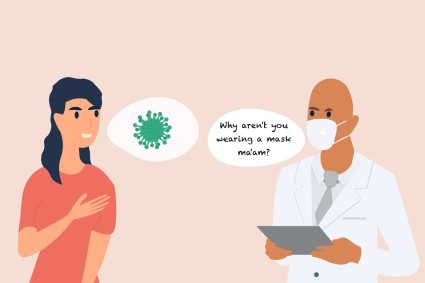



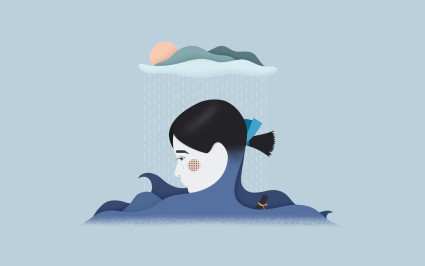
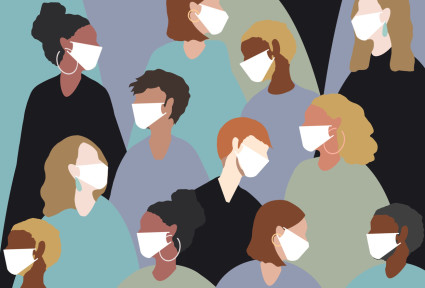




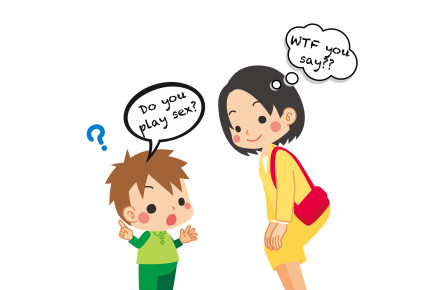
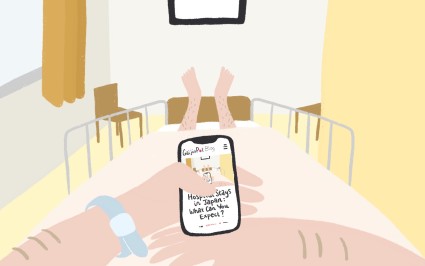
7 Comments
Login to comment
sakurasuki
And then men get migraines from woman, that's how this cycle works.
virusrex
A doctor I know has this as a favorite anecdote about a woman that gave this explanation for her having 8 children, apparently the 2 years free of migraines (from pregnancy and lactation) was more than enough benefit to offset having so many kids.
Wandora
There's the reason for the disparity, then.
Where the hell did that come from?
virusrex
How do you know is not a consequence of the disparity as the study indicates?
It is natural to think positively about dealing with a problem that preferentially affects women and how this can help reducing disparities.
Redemption
Almost 20 paragraphs about female migraines and 2 for men. No wonder men live 5 years more or less than women.
Jonathan Prin
Women are meant to have babies.
No surprise they feel less or no migraine while pregnant.
Nature leads the way, like it or not.
Life expectancy of women who had at least a child is higher than those who did not.
Japanese government should use those facts to promote childbearing ;)
virusrex
The article is not about migraines in general but about women suffering from them more frequently. It is natural for it to focus on this difference, explain it and why it is important for treatment.